33 Shocking Great Depression Facts: Economic History & Lessons for Today

Uncover 33 fascinating Great Depression facts! Explore economic history, surprising impacts, and crucial lessons this era holds for our modern financial world. #GreatDepression #EconomicHistory
A Decade of Descent: Setting the Stage
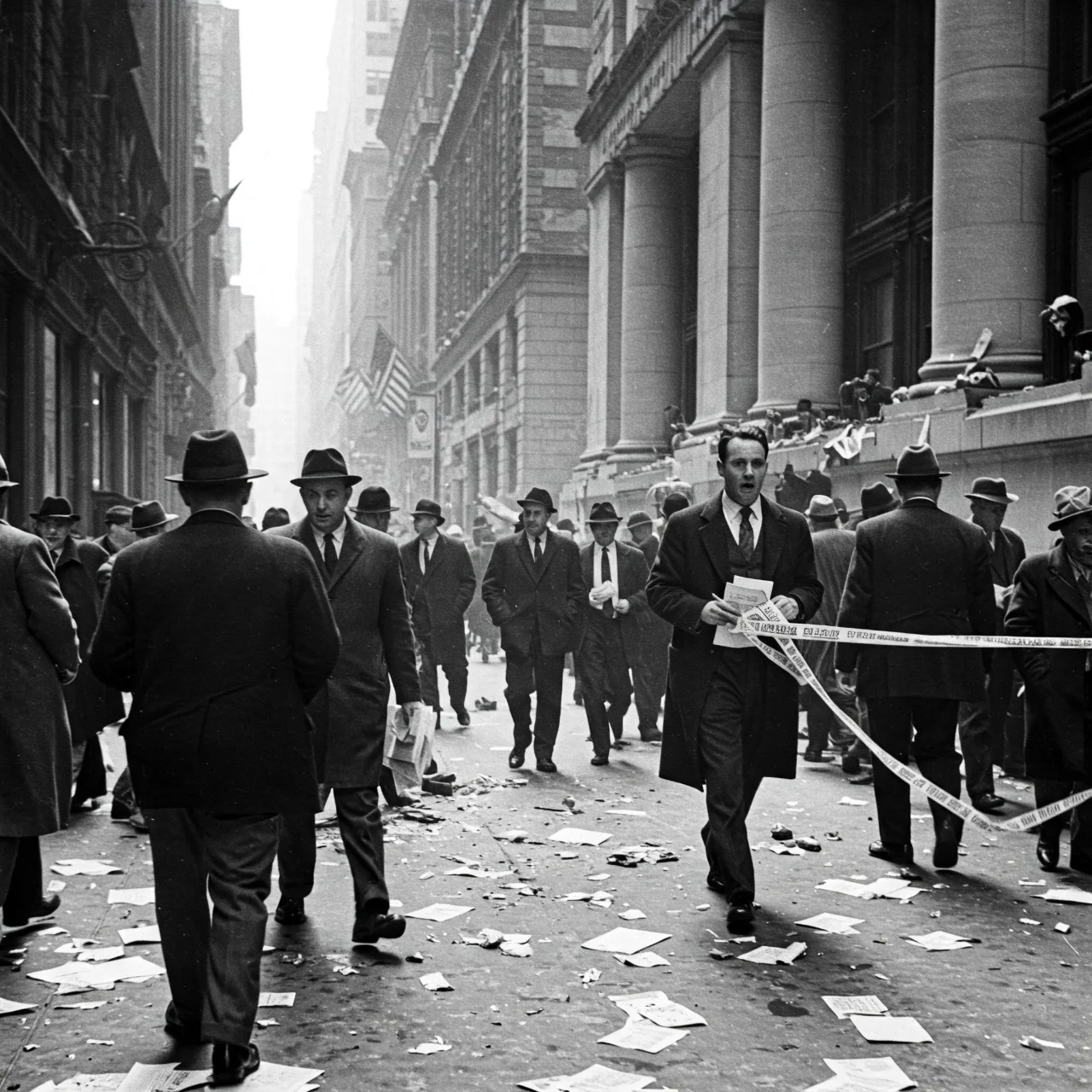
The Great Depression wasn't a singular event, but a prolonged economic contraction lasting roughly a decade, beginning with the 1929 stock market crash. It wasn't just about losing money; it dramatically reshaped societies worldwide, exposing vulnerabilities in the global economic system and leading to unprecedented hardship. Understanding its roots is key to preventing recurrence.
Beyond the Stock Market: Uneven Prosperity
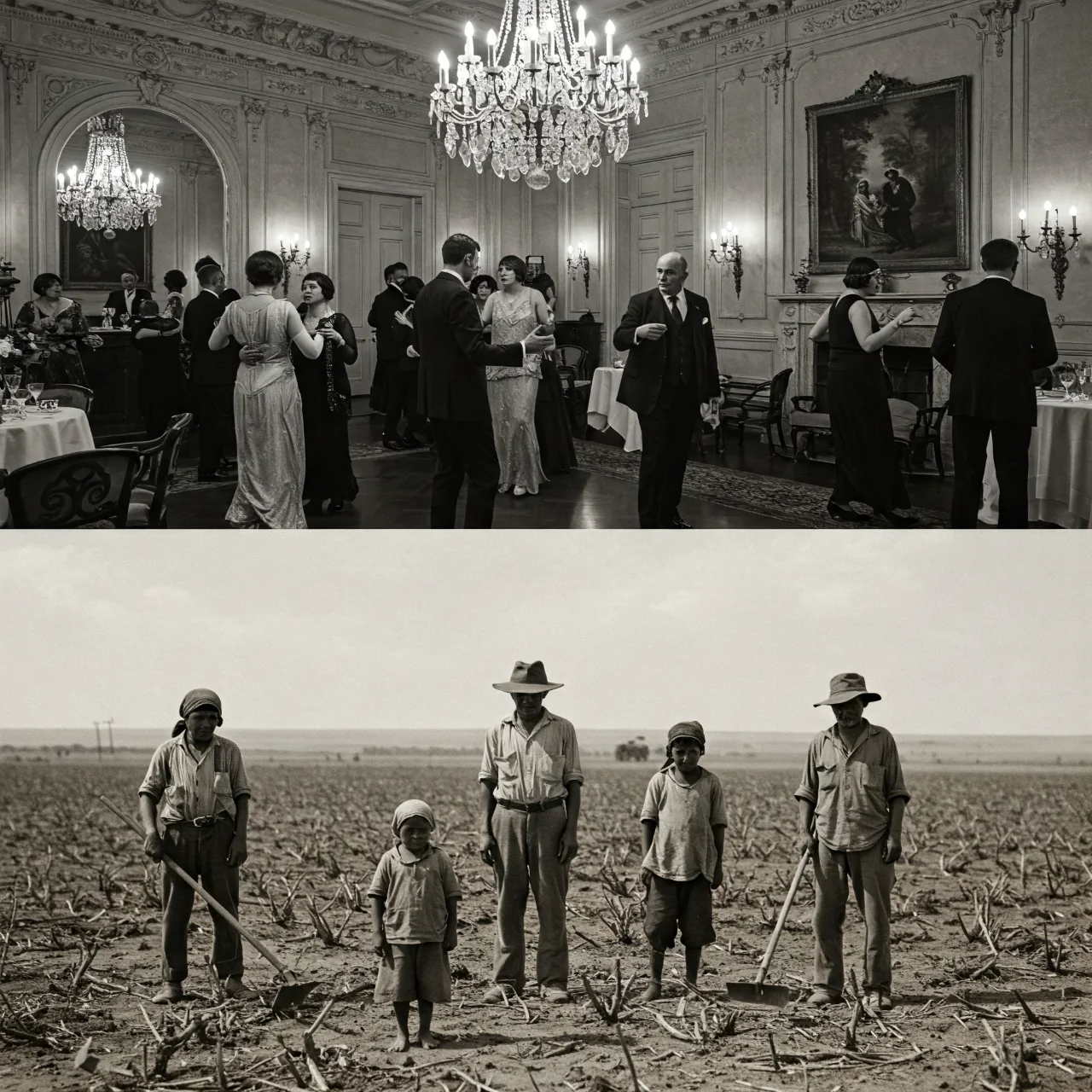
While the 1920s roared with prosperity, that wealth wasn't shared equally. Roughly 1% of Americans held nearly 40% of the nation's wealth. This extreme income inequality meant that a downturn wouldn’t be cushioned by broad financial security, making the nation particularly vulnerable to economic shock.
The Hawley-Smoot Tariff: A Protectionist Disaster
In 1930, the U.S. enacted the Hawley-Smoot Tariff, raising tariffs on over 20,000 imported goods. Intended to protect American industries, it backfired spectacularly. Other nations retaliated with their own tariffs, crippling international trade and deepening the global depression. [Source: https://www.investopedia.com/terms/h/hawley-smoot-tariff.asp]
Bank Runs & Lost Savings
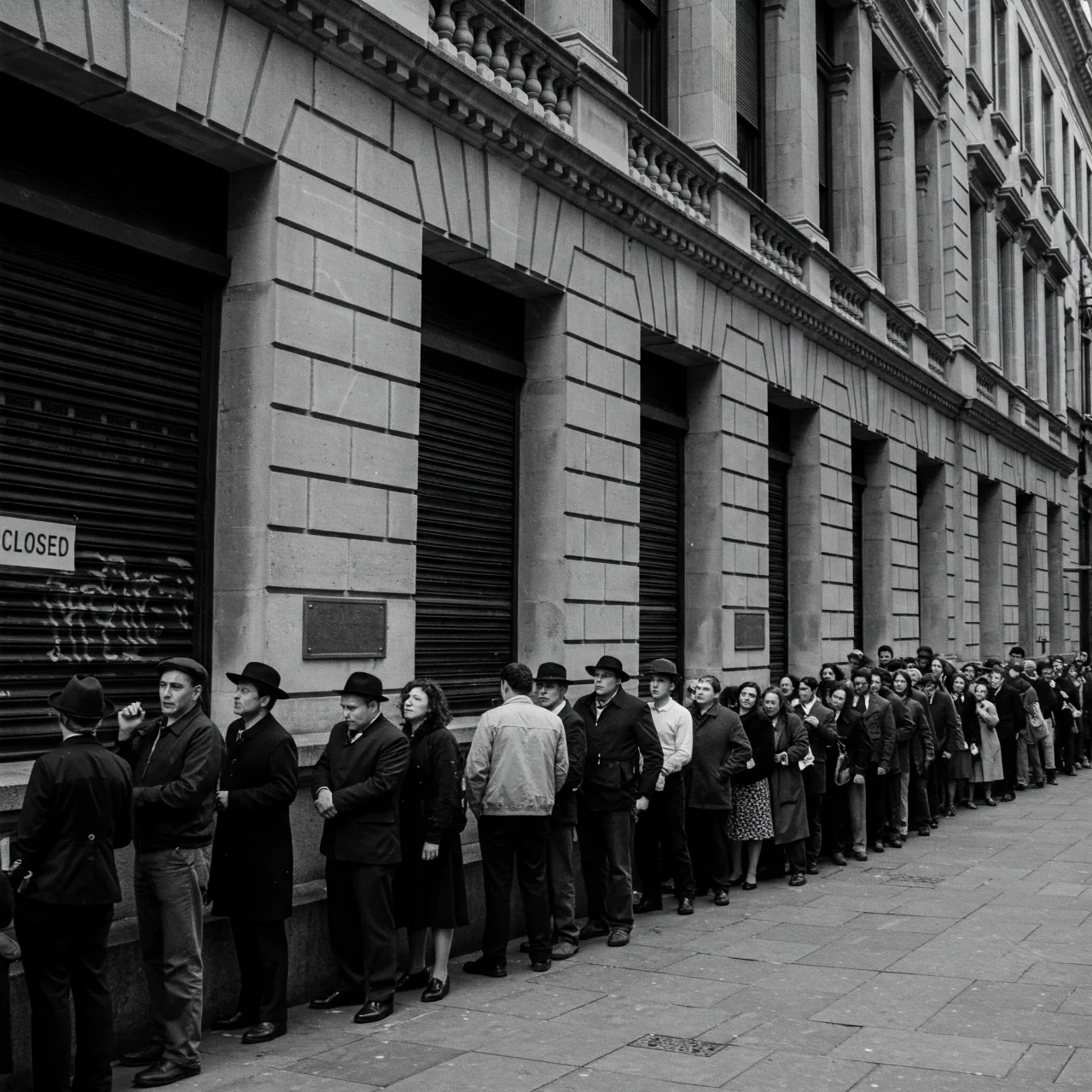
The banking system was incredibly fragile. When the stock market crashed, people panicked and rushed to withdraw their savings, leading to mass bank runs. Since banks didn’t have enough cash on hand to cover every withdrawal, thousands failed, wiping out the savings of millions of Americans.
Deflation's Deadly Spiral
The Depression saw severe deflation – falling prices. While seemingly beneficial, deflation discourages spending and investment because people anticipate prices dropping further. This creates a vicious cycle of reduced demand, production cuts, and job losses, exacerbating the economic downturn.
The Dust Bowl: An Ecological & Economic Catastrophe
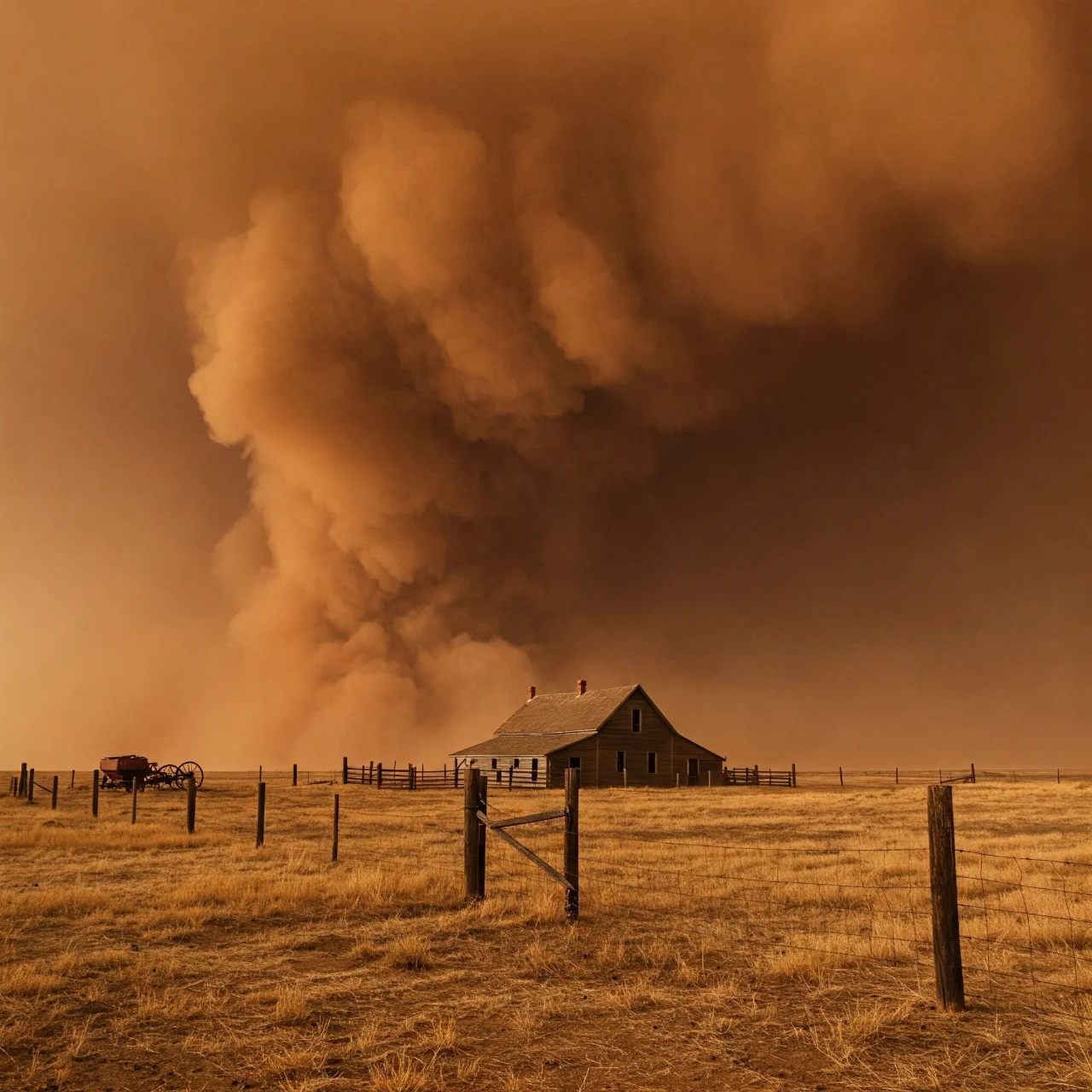
Severe drought and poor farming practices turned the Great Plains into the Dust Bowl. Massive dust storms ravaged the land, destroying crops and displacing millions of farmers. This ecological disaster compounded the economic hardship, forcing families to migrate in search of work.
Hoovervilles: Symbols of Despair
Shantytowns sprung up across the country, mockingly named “Hoovervilles” after President Herbert Hoover, who was largely blamed for the Depression. These makeshift settlements were a stark symbol of the widespread poverty and homelessness experienced during this era.
The Reconstruction Finance Corporation (RFC)
Created in 1932, the RFC was Hoover’s attempt to stimulate the economy by providing loans to banks, railroads, and other businesses. While a step towards government intervention, it was criticized for being too cautious and primarily benefiting large corporations rather than individuals.
Falling Birth Rates
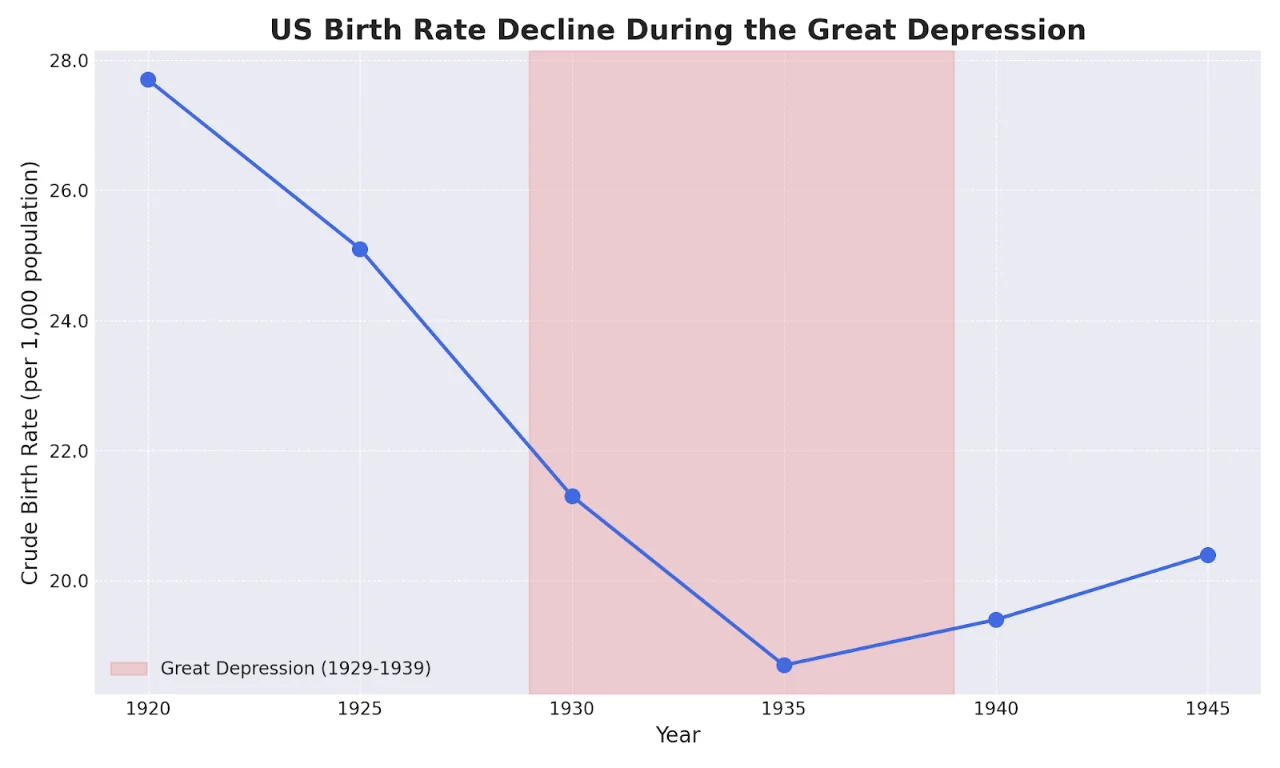
The economic uncertainty led to a significant drop in birth rates. People were less willing to have children when they couldn’t afford to support them. The birth rate fell to its lowest level in U.S. history during the Depression, reflecting the widespread anxiety about the future.
The Rise of 'Bundling' & Resourcefulness
Facing dire circumstances, Americans became incredibly resourceful. 'Bundling' – sharing resources and bartering – became common. People repaired old clothes, grew their own food, and found creative ways to make do with less. This fostered a sense of community and resilience.
Impact on Family Life
The Depression strained family relationships. Men felt emasculated by job loss, and divorce rates initially declined (due to the cost). Children often left school to find work, and families doubled up in housing to save money, creating overcrowded and stressful living conditions.
The Bonus Army & Veteran Protests
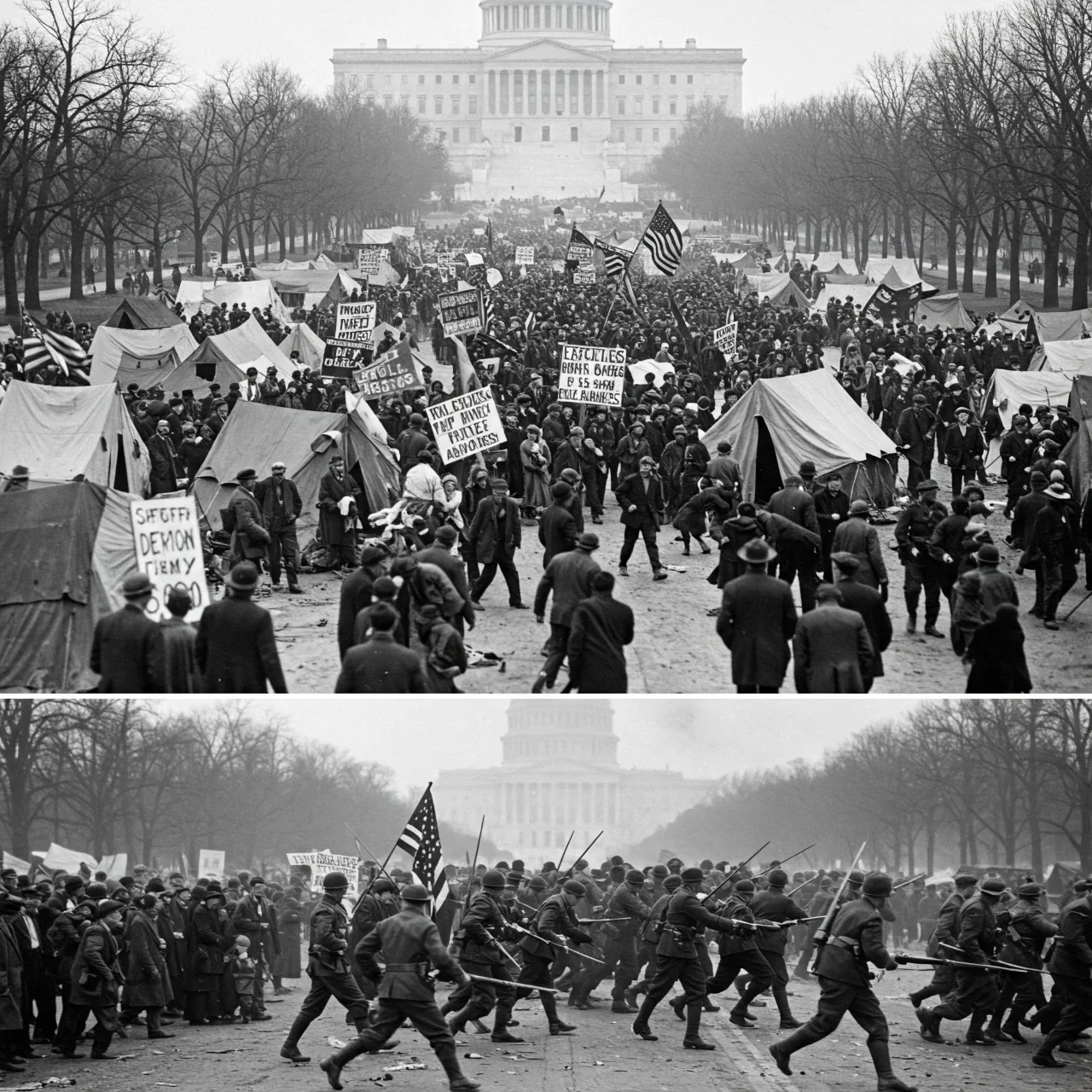
In 1932, World War I veterans, known as the Bonus Army, marched on Washington D.C. demanding early payment of their promised military bonuses. Hoover ordered the army to disperse them, resulting in a violent clash that further damaged his public image. [Source: https://www.history.com/news/bonus-army-protest-hoover]
The Forgotten Man: African Americans & the Depression
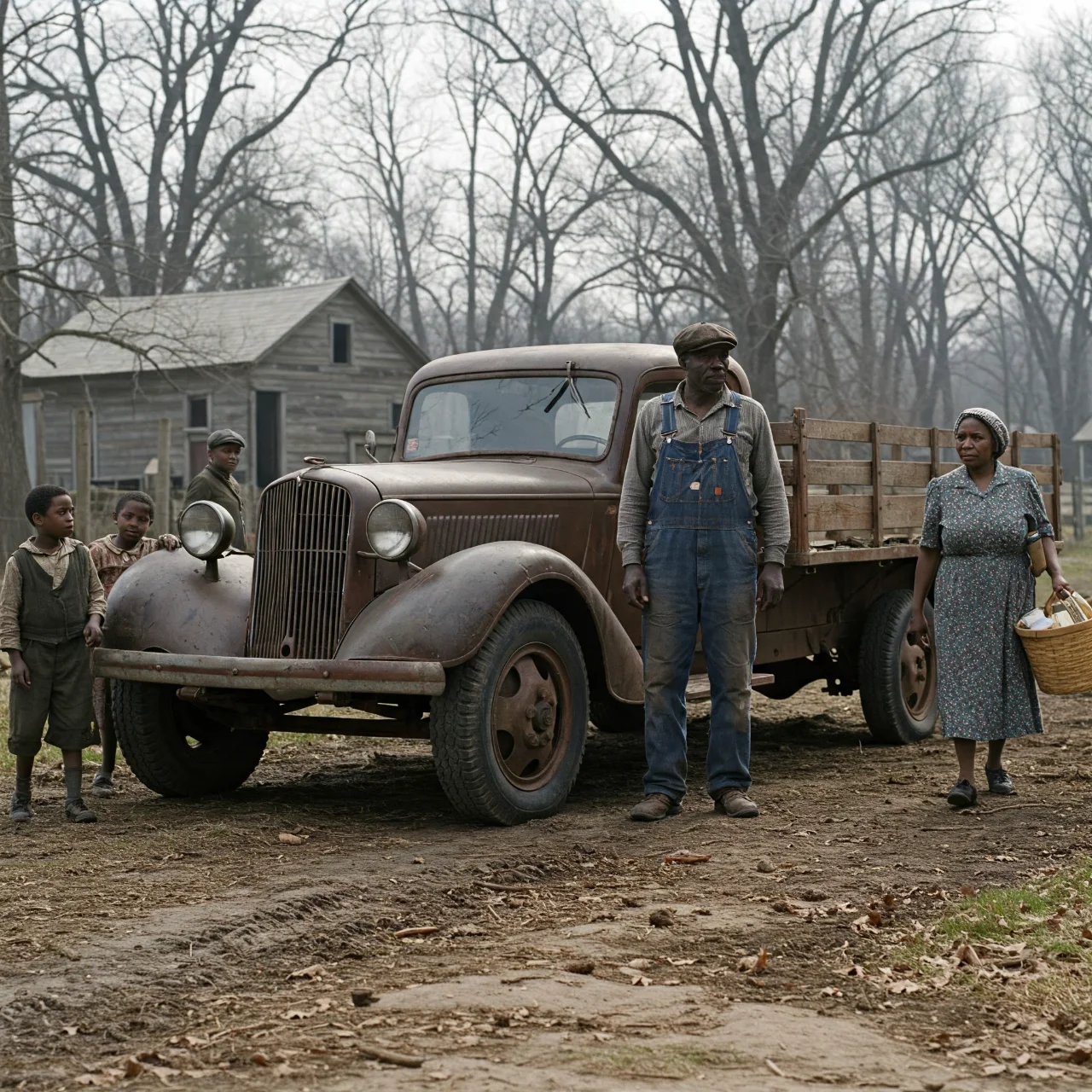
African Americans were disproportionately affected by the Depression. They faced higher unemployment rates, discrimination in relief programs, and continued segregation. The New Deal programs weren’t always equitable, and many struggled to access the support they desperately needed.
The New Deal: A Bold Response
Franklin D. Roosevelt's New Deal programs represented a massive shift in the role of government. Programs like the CCC, WPA, and Social Security aimed to provide relief, recovery, and reform. It was a landmark attempt to combat the Depression and prevent future crises.
The Civilian Conservation Corps (CCC)
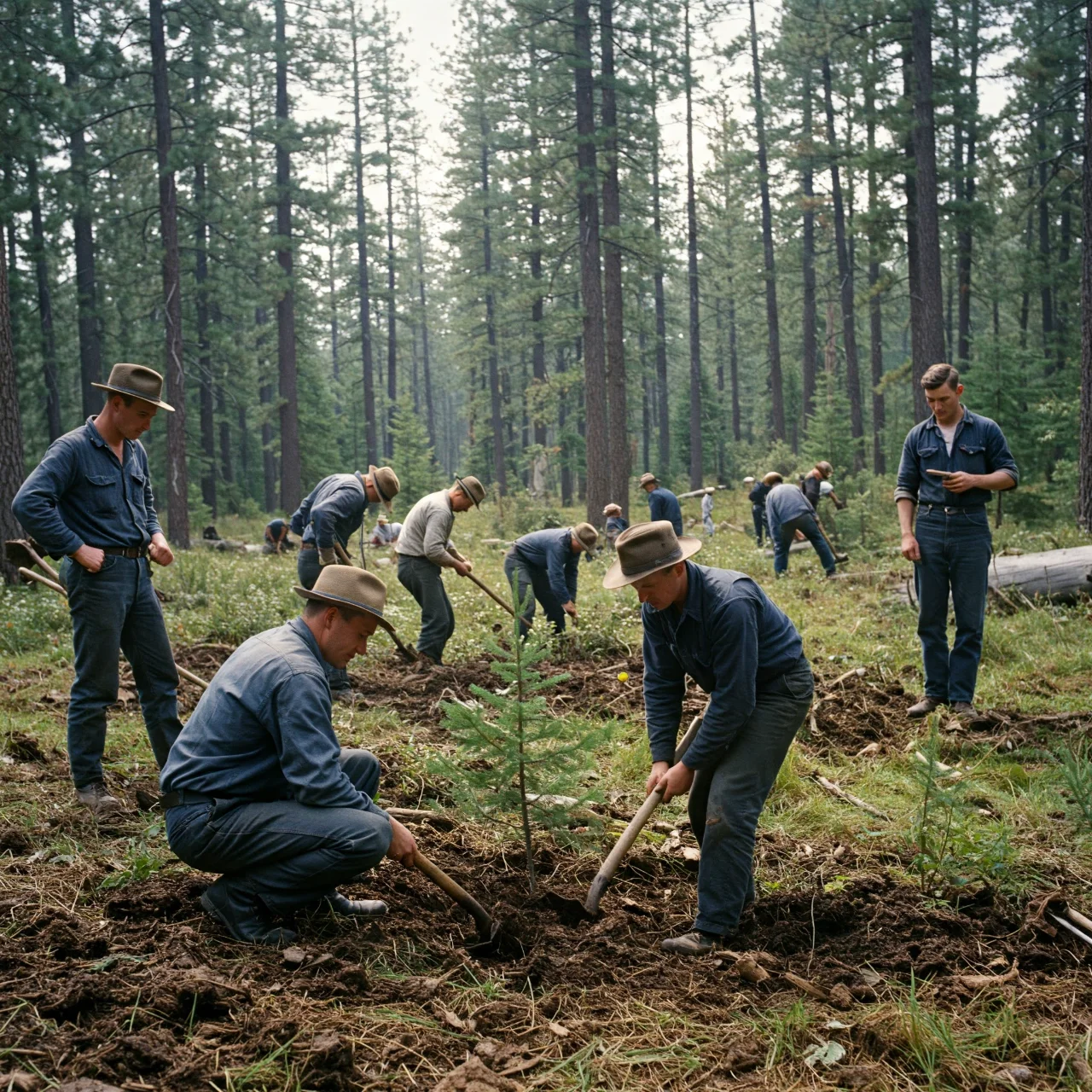
The CCC employed young men in environmental conservation projects – planting trees, building parks, and fighting soil erosion. It provided jobs, skills training, and a sense of purpose for millions of young Americans during a time of widespread unemployment.
The Works Progress Administration (WPA)
The WPA employed millions of jobless people to carry out public works projects – building roads, bridges, schools, and hospitals. It also supported artists, writers, and musicians, fostering creativity during a difficult time.
Social Security: A Safety Net for the Future
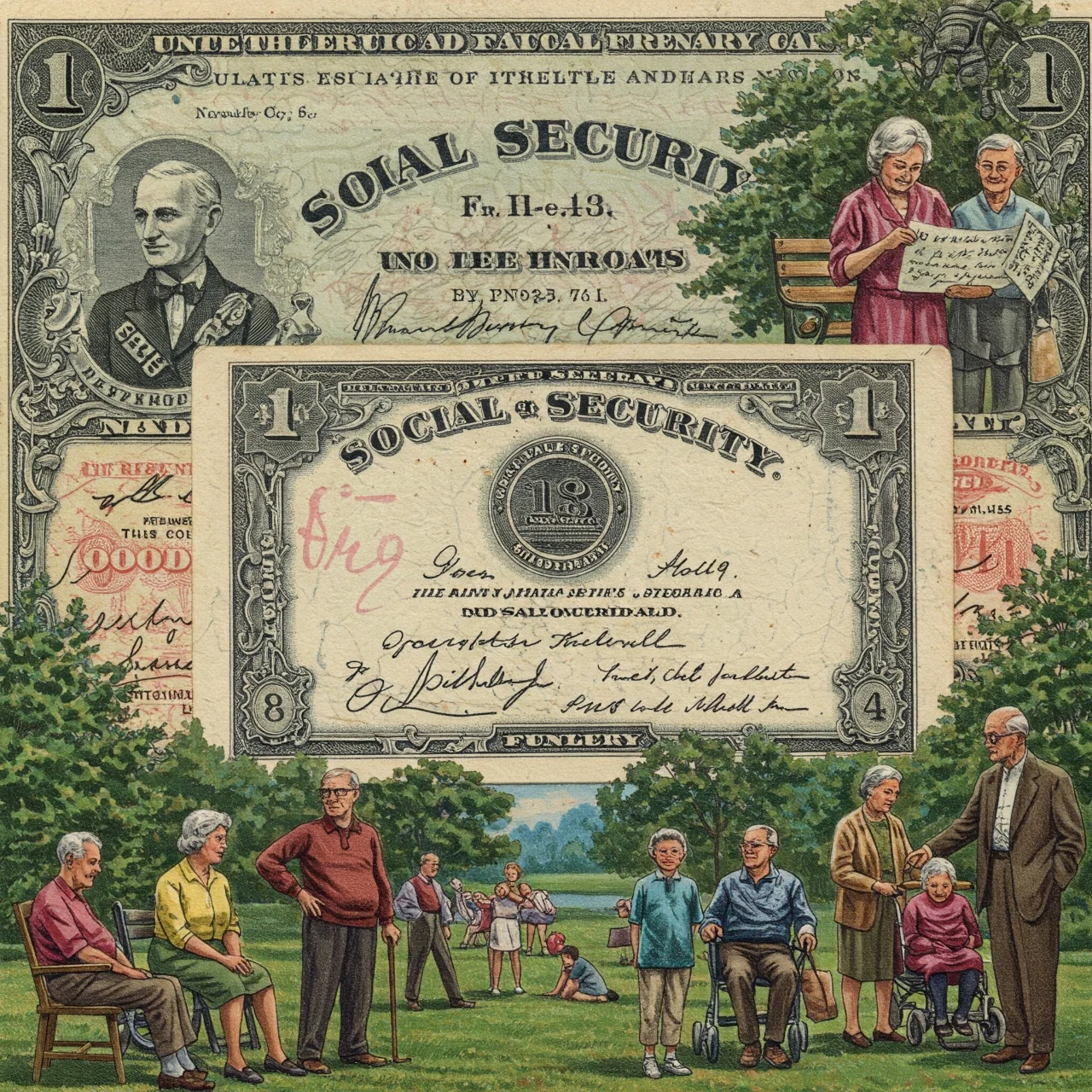
The Social Security Act of 1935 established a system of old-age insurance, unemployment compensation, and aid to families with dependent children. It created a crucial safety net for vulnerable Americans, fundamentally changing the relationship between citizens and their government.
FDR's Fireside Chats
President Roosevelt used radio broadcasts, known as “fireside chats,” to communicate directly with the American people. These informal talks reassured the nation, explained his policies, and built trust during a time of immense uncertainty.
The Gold Standard's Role

The U.S. adherence to the gold standard limited the government's ability to respond effectively to the crisis. It restricted the money supply and hindered efforts to stimulate the economy through monetary policy. Later, abandoning the gold standard allowed for greater flexibility.
The Forgotten Breadlines
Long breadlines became a common sight, as many people relied on charitable organizations and soup kitchens for food. These lines symbolized the widespread hunger and poverty experienced during the Depression.
Farm Foreclosures & The Loss of Land
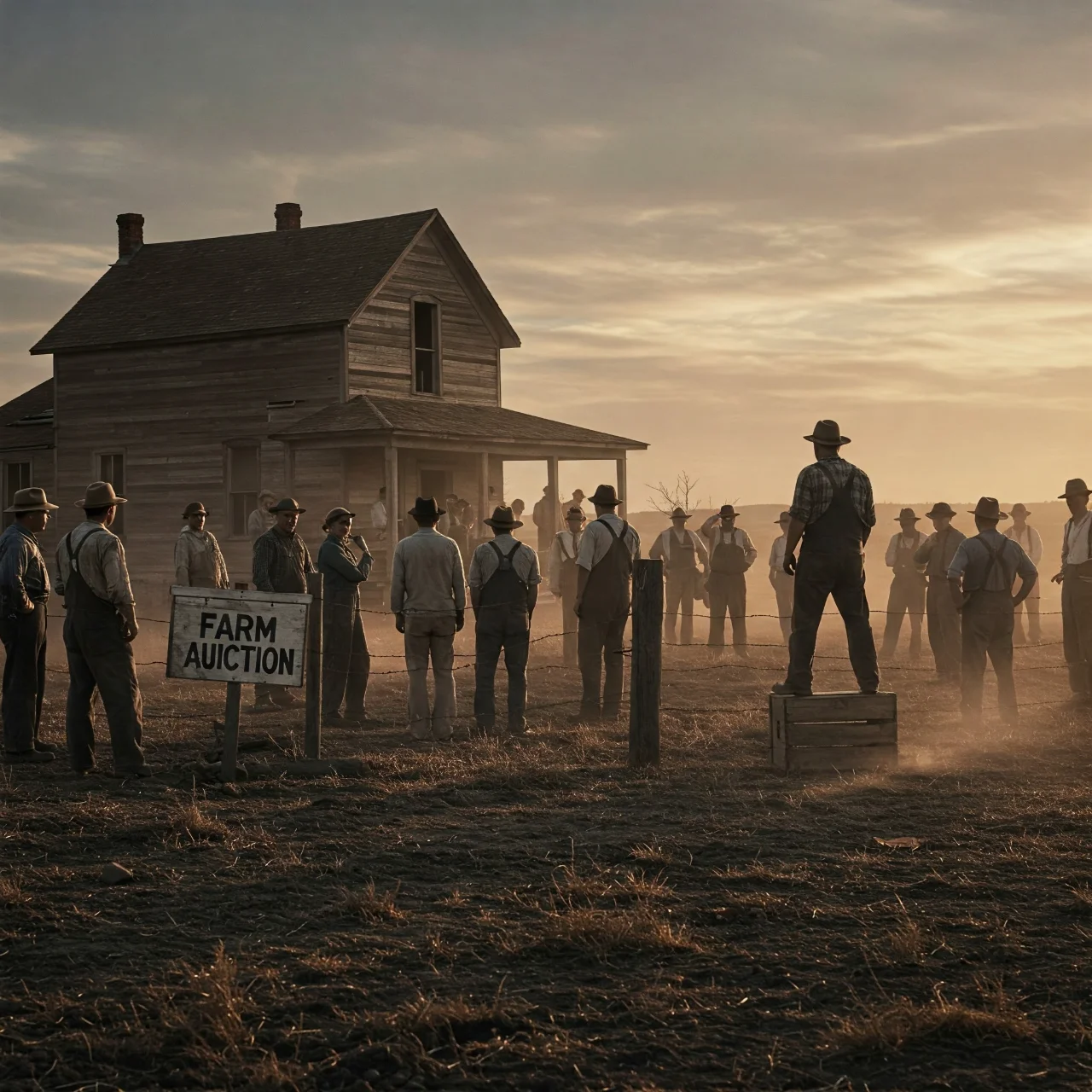
Falling crop prices and the Dust Bowl led to widespread farm foreclosures. Farmers lost their land, their livelihoods, and their homes, contributing to the massive migration of families westward in search of work.
Music of the Era: Blues and Resilience
The Great Depression heavily influenced music. Blues became extremely popular, reflecting the hardship and struggles of the time. Folk music also flourished, often telling stories of displacement, poverty, and the search for a better life.
Hollywood's Escape: The Golden Age
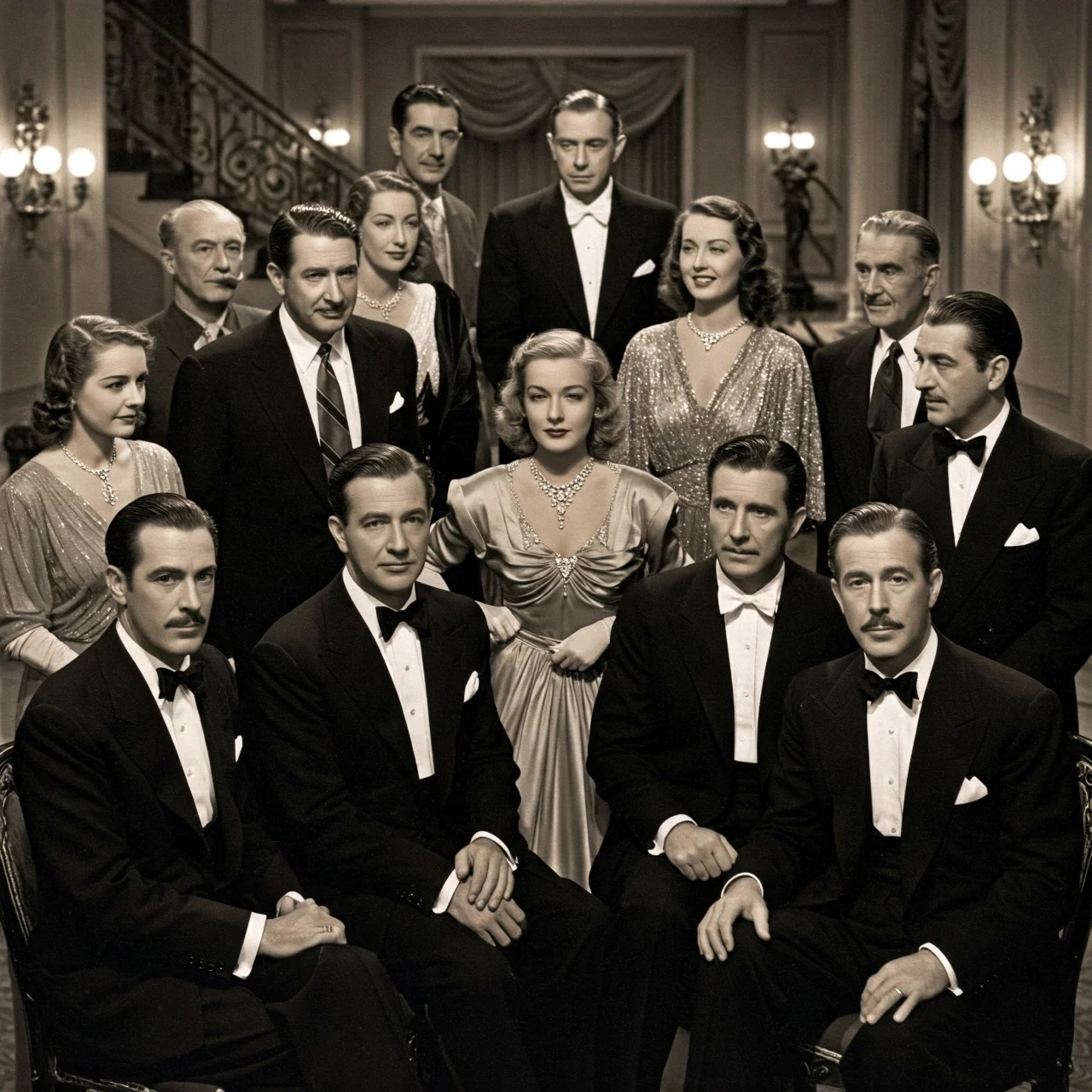
Despite the hardship, the 1930s marked the Golden Age of Hollywood. Movies provided a much-needed escape from reality, offering entertainment and hope to a struggling nation. Movie attendance soared during this period.
The Shechter Poultry Corp. v. U.S. (1935)
This Supreme Court case ruled a section of the National Industrial Recovery Act (NIRA) unconstitutional, declaring the act an overreach of federal power. The decision highlighted the ongoing debate about the appropriate role of government in regulating the economy. [Source: https://www.oyez.org/cases/1935/292]
Lasting Impact on Banking Regulation
The Depression led to major reforms in the banking system, including the creation of the Federal Deposit Insurance Corporation (FDIC). The FDIC insured bank deposits, restoring confidence in the banking system and preventing future bank runs.
The End Wasn’t Sudden: WWII’s Role

While New Deal policies helped, the Great Depression didn’t truly end until the massive government spending associated with World War II stimulated the economy. The war created millions of jobs and spurred industrial production.
Lessons in Income Inequality
The Depression underscored the dangers of extreme income inequality. A broad and stable middle class is essential for economic health. Policies aimed at reducing inequality, such as progressive taxation and strengthening labor unions, are crucial for long-term stability.
The Fragility of Financial Systems
The Depression revealed how fragile financial systems can be. Unregulated speculation, risky lending practices, and a lack of oversight can contribute to economic instability. Strong regulation and responsible financial practices are vital.
The Importance of Government Intervention
The Depression demonstrated that governments must be willing to intervene during economic crises. Doing nothing can exacerbate the problem. Active policies, such as direct relief and public works programs, can provide crucial support and stimulate recovery.
Global Interdependence & Trade

The Hawley-Smoot Tariff taught a harsh lesson about the importance of international cooperation and free trade. Protectionist policies can backfire, harming all countries involved. A stable global economy requires collaboration and open markets.
Comments
Loading comments...